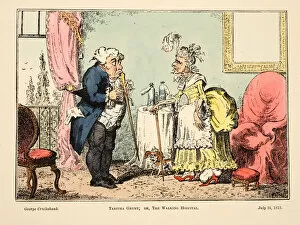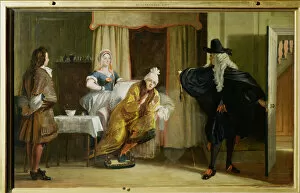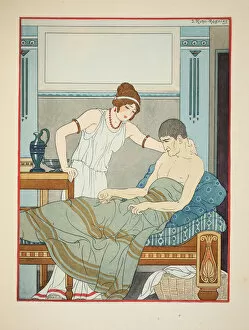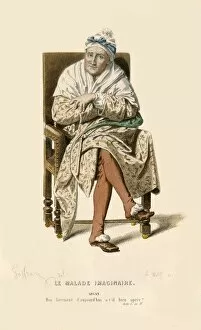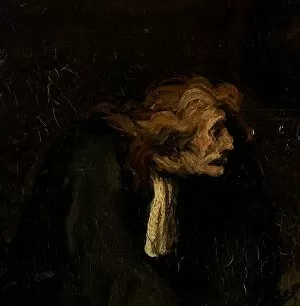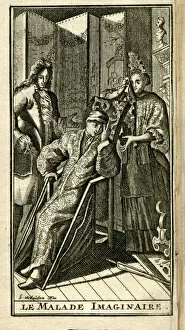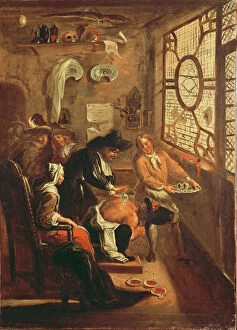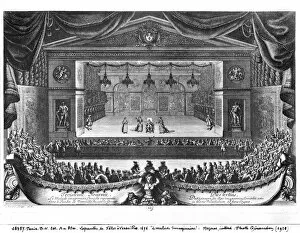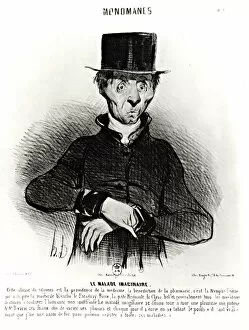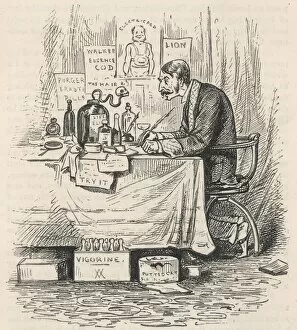Hypochondriac Collection
"Hypochondriac: A Historical Journey through the Worried Mind" Step into the world of hypochondria, where fear and anxiety intertwine with a fascination for medicine
All Professionally Made to Order for Quick Shipping
"Hypochondriac: A Historical Journey through the Worried Mind" Step into the world of hypochondria, where fear and anxiety intertwine with a fascination for medicine. From Howard Hughes, the eccentric US aviation pioneer, to the satirical engravings of "Le Malade Imaginaire, " this condition has captivated minds throughout history. In 1752, John Hill found himself immortalized in bed surrounded by physicians eager to secure their fees in a hand-colored engraving titled "Le Malade Imaginaire. " This satire shed light on society's obsession with medical consultations and highlighted how it could be exploited for personal gain. Fast forward to 1813 when "Tabitha Grunt; or, The Walking Hospital" was published. This captivating hand-colored engraving depicted a woman transformed into a walking hospital due to her incessant health concerns. It served as a reminder that hypochondria can consume one's identity and turn them into mere vessels of ailments. Molière's masterpiece "Le Malade Imaginaire" further explored this theme in an oil-on-canvas painting from 1861. Scenes from the play showcased characters entangled in exaggerated medical consultations, revealing how hypochondria can become theatrical and comical. Even Hippocrates' works featured illustrations depicting nervous maladies in colorful lithographs from 1934. These images remind us that throughout centuries, people have sought solace in understanding their bodily discomforts but often fell victim to self-diagnosis fueled by excessive worry. "The Abuse of Medicine, " portrayed through vibrant lithographs from L'Assiette au Beurre magazine in 1904, emphasized society's tendency to misuse medical knowledge for personal gain or attention-seeking purposes. Hypochondriacs may inadvertently contribute to this abuse while seeking validation for their perceived illnesses. The character Argan captured the essence of hypochondria in an oil painting created by L Wolff during 1868.




